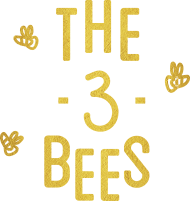Honey: I’m asked quite often what honey is, So I thought I might answer that question.
It’s an amazing thing to think that a plant has come up with a way to reward a bee (and other animals) so they will visit it and thus pollinate its flowers. In a flower you will find a liquid in the very bottom, this is called nectar (it quite nice to put your finger in and taste this liquid) and stamen that produce pollen. Honey is produced using the nectar from a flower.
Nectar is a sweet liquid that the plant makes to reward the bee for coming along.
The bees use their tongues to drink the nectar and it goes into a storage space in the bee called a honey tummy. When the bee collects the nectar she adds enzymes to it and when she passes it onto other bees in the hive they also add enzymes to the nectar.
At this point the nectar is around 80 to 85% water and 15 to 20% sugars (this does vary from plant to plant). The sugars in nectar are made up of Fructose, Dextrose, Sucrose, Maltose. Honey also has around 180 other identified substances in it.
The bees then place this nectar into wax cells inside the hive. At his point the nectar still needs to be ripened it is not honey yet. So every night the bees sit over the cells and fan warm air over the nectar at temperatures around 35c. Over time the water in the nectar is dehydrated so that the finished product we call honey is around 15% water and 85% sugars. The bees then put a thin skin of wax over the cell, just like we put a lid on a jar. They can then come along and open the cell at anytime to use the honey.
